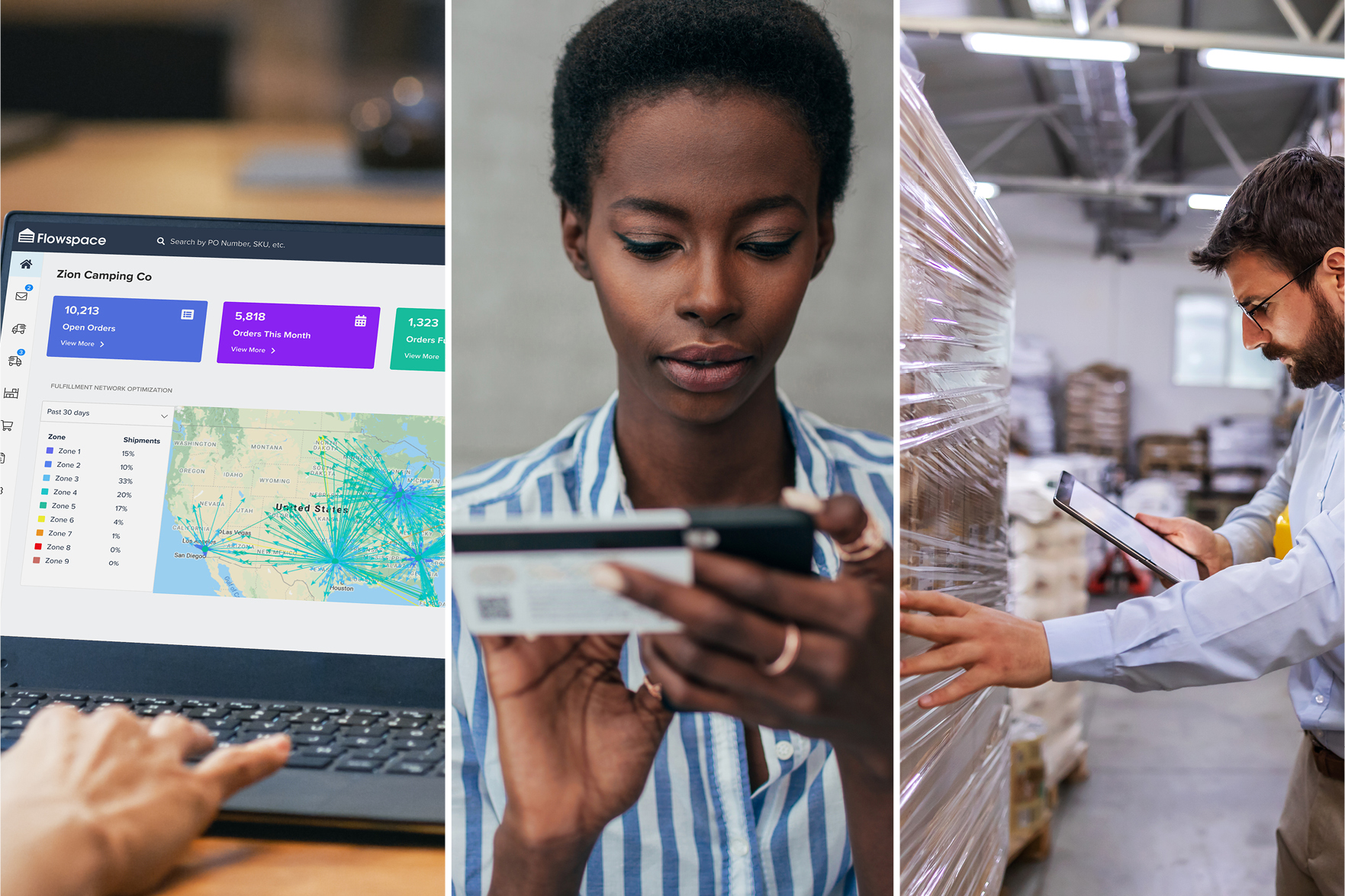
Last year, several direct-to-consumer brands — including industry darlings like Allbirds, Casper, and Warby Parker — all took their companies public. While the IPO’s underlined the strength of the DTC market, their filings also offered a glimpse into company finances, making it clearer than ever that reaching profitability continues to be a challenge for even the most successful DTC brands.
As DTC companies strive for further scale, there are several strategies that brands of all sizes can employ for expansion in 2022. One such company is Reel Paper, a brand that makes sustainable, tree-free toilet paper and paper towels from bamboo fibers. Reel saw a huge boost in sales in 2020 thanks to the toilet paper shortage at the outset of the pandemic. The brand’s ecommerce success led to its invitation into in-store retail, and Reel now sells through multiple channels, including Target stores.
Here are several ways your brand can follow in the footsteps of successful DTC brands like Reel Paper and make strides toward profitability in 2022 and beyond.
1. Own your customer data
Online advertising is becoming more expensive and harder to track as Google phases cookies out of its Chrome browser – a result of privacy-driven changes to data collection.
This shift means that owning and drawing insights from your customer data is more important than ever. The cost of customer acquisition is high, and there’s true value in growing and maintaining a customer base.
When you sell on a third-party marketplace like Amazon, that third-party owns the data on your customers, which means there is no opportunity for a feedback loop with the customer. This can severely hinder opportunities for marketing and maintaining a relationship with the customer you worked hard to acquire.
With a solution like Flowspace, you own that customer data. That means you can leverage customer data, like purchase history, preferences and lifetime value, to create better marketing and drive repeat purchases. You can also share news and information and provide places for customer feedback. You’ll collect useful data that helps you determine what the shopper likes (and doesn’t like) as you continue to improve and expand your offerings. All of this allows you to build an authentic relationship with your customers that just isn’t possible when selling through a marketplace.
With a huge increase in sales in 2020, Reel needed a partner able to handle the sustained increase in fulfillment volume as the company scaled, as well as improved visibility and control. Reel Paper turned to Flowspace for network optimization, omnichannel fulfillment, and the real-time visibility the platform provides.
Offering a top-notch customer experience is critical to Reel Paper. Reel prides itself on customer service, and the company’s ability to respond quickly and efficiently to inquiries sets it apart from other brands. Being able to own and leverage their customer data is a critical part of their DTC strategy, and Flowspace offers invaluable customer insights and predictive analytics.
“Issues arise in fulfillment every day – it’s the nature of the industry – and Flowspace makes the reconciliation process seamless and simple, with clear-cut automations and processes in place for escalating and resolving issues. We’ve been able to keep our customers happy despite ongoing fluctuations in supply because of how quickly we’re able to respond to questions and rectify problems thanks to Flowspace.”
— Hector Omoigui, senior operations manager, Reel Paper
2. Strike an omnichannel balance
The ability to diversify your offerings and sell across channels to ensure that you are meeting your current and potential customers where they are shopping is an important pathway to profitability. While the costs of acquiring customers exclusively online is growing, retail store availability puts your brand in front of an entirely new audience.
The proliferation of DTC brands online means there’s more competition than ever. Making sure your brand has a foothold in stores can help your brand stand out and become a force multiplier for your online marketing efforts.
In 2021, Reel Paper added Target to its distribution network, and the brand is now sold at more than 200 Target stores nationwide and online at Target.com. Target has a shared commitment to sustainability and knows that its customers are looking for eco-friendly household items at an affordable price. This partnership allows Reel to both capitalize on Target’s reputation and shared values and gives the DTC company access to an entirely new group of customers.
Working with Flowspace, Reel was able to simply and easily turn on retail fulfillment without sourcing additional providers and locations. Reel wholesales an exclusive 12-pack for Target, which was designed to be more convenient for urbanites with less living space, and Flowspace incorporated the offering into its fulfillment flow seamlessly.
“When we expanded to omnichannel fulfillment, Flowspace really shined. As our products became available in Target stores we had to solve for retail fulfillment, and Flowspace incorporated the new processes seamlessly, without any hitches.”
— Hector Omoigui, senior operations manager, Reel Paper
3. Consolidate operational control
While omnichannel availability is imperative to meeting customer expectations, it can present a challenge if you’re tracking and fulfilling orders from multiple channels in multiple places. With a flexible network connected by software, Flowspace makes it easy for brands to consolidate order sources and track inventory availability, and manage fulfillment across network nodes, all with one platform-level point of control. What’s more, brands sign only one contract, with Flowspace, which manages SLAs for every location from which a brand is fulfilled.
Reel Paper connects all its sales channels with Flowspace, including retail at Target, its DTC storefronts, multiple marketplaces, and same-day delivery powered by DoorDash Drive. Their products are fulfilled in three networked Flowspace locations across the country, and 98% of orders ship in Zones 1-5, ultimately reducing shipping distance and time to delivery for customers.
Reel’s fulfillment capacity has increased by more than 50%, and they’re able to add capacity as needed with the flexible, distributed Flowspace network. This allows Reel to carry more inventory and comfortably deliver on increased sales.
“We fulfill orders through multiple channels, and the Flowspace platform centralizes all fulfillment operations in one place. It’s easy and efficient to manage orders and inventory for all channels, all in one system, where everyone has visibility and knows what’s going on.”
— Hector Omoigui, senior operations manager, Reel Paper
The past several years have highlighted the continued promise of DTC but also the importance of having a partner that can help your brand leverage data, enter new channels, and streamline fulfillment and operations. To find out how Flowspace can help your brand find scale and success in 2022 and beyond, get in touch.
Erin Essman is director of business development at Flowspace, where she works with DTC brands to optimize their ecommerce fulfillment to meet customers’ post-purchase expectations. With a decade of experience in the industry, Erin is a respected logistics leader who partners with brand operators to develop customized strategies for success. Prior to Flowspace, Erin served as a business development manager at Smart Warehousing. She is based in Houston, TX.






